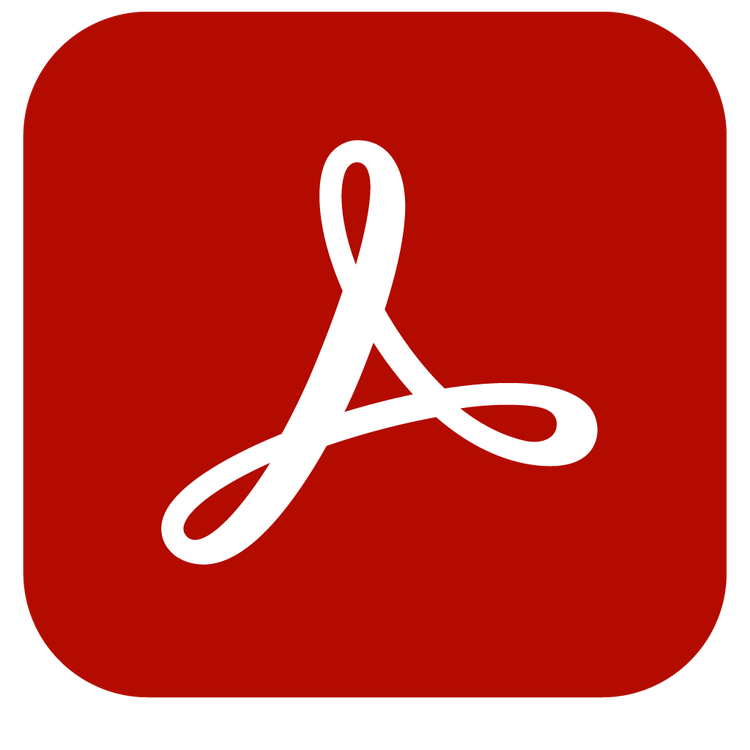
Adobe Acrobat
The inside scoop on simple confidentiality agreements.
Find out how to protect sensitive or proprietary information from unauthorized disclosure.
Adobe Acrobat
Find out how to protect sensitive or proprietary information from unauthorized disclosure.

A confidentiality agreement is a legal contract that ensures the receiver of specific, private information will protect such information. This information could be between business partners, employers and employees or contractors, or businesses and their clients. It could exist in written, graphic, oral, or electronic forms. A nondisclosure agreement is a common type of confidentiality agreement that protects the disclosing party while providing them the ability to pursue legal remedies if the receiver shares the privileged information, but it is not the only kind.

Confidential information could includes anything the disclosing party (the party sharing the information) does not want made available to the public or competitors. It can include:

There are many different types of agreements you can use to protect business information, including:
These are one-way agreements in which one party promises not to disclose information provided by the disclosing party.
These are mutual agreements that require each party to agree to keep the other’s secrets.
It’s difficult to bring an invention from concept to market without help, and approval of patent applications can take years. With an inventor agreement, an inventor can share confidential intellectual property with employees or consultants without fear of disclosure.
There are many different types of NDAs, including:

As with any other contract, you should seek legal advice from a legal professional before you finalize any business relationship or before entering into a confidentiality agreement. A confidentiality agreement should include the names and addresses of the parties to the contract. Consider also including:

Learn more about how going digital with your agreements can help your business. Starting with confidentiality agreements, German agriculture firm KWS SAAT SE used Adobe Acrobat Pro and Adobe Acrobat to speed up their document processes. “Adobe’s digital document solutions help us master every step on our path to becoming a paperless company. We will see an enormous potential for efficiencies,” says Jens Hittmeyer, the company’s head of Corporate Information Technology.
Novozymes, the world’s largest enzyme producer, adopted the Adobe e-signature solution to smooth the contract creation process. The Novozymes legal department sends and signs approximately 300 contracts per year to multiple signees all over the world. With Acrobat, the company reduced the time it takes to complete a contract by more than 93 percent.
Go digital with Adobe Acrobat Pro to save your business time and money. It’s easy to create a template in Adobe Acrobat using your confidentiality agreement. You can turn your Microsoft Word document of your confidentiality agreement into a PDF, add fields for the receiver to fill out and sign, send it out for e-signature, and track the contract’s progress. Instead of taking days to complete confidentiality agreements, you can get them done in minutes — and get on with your work.
